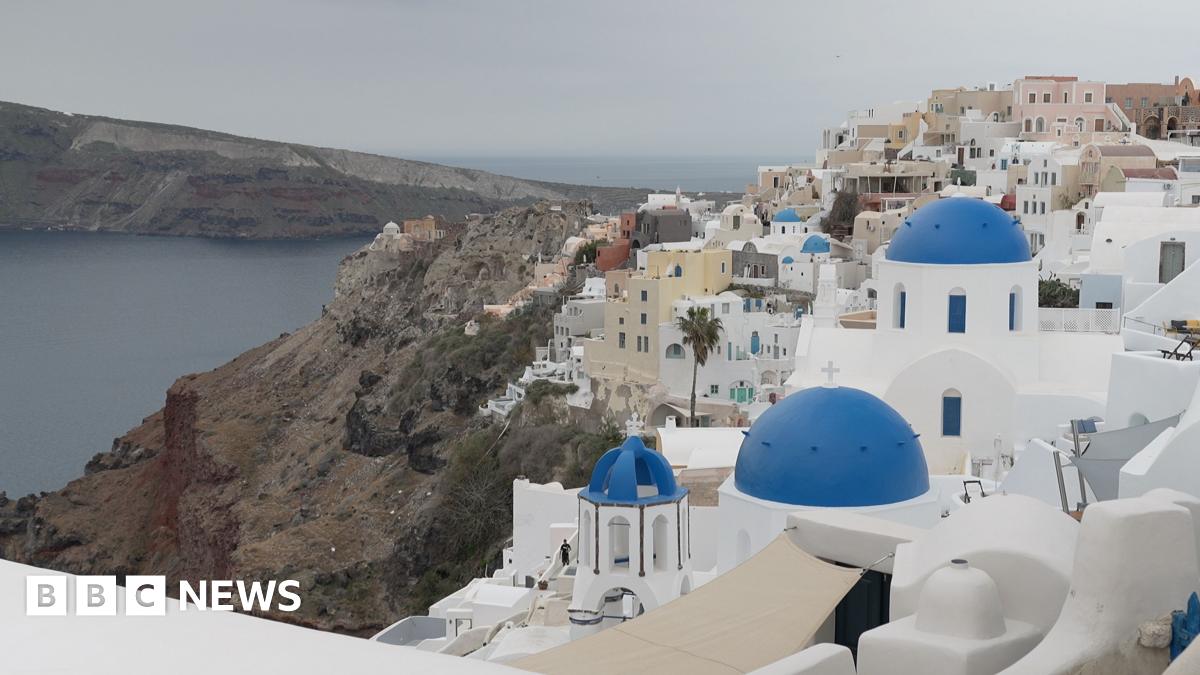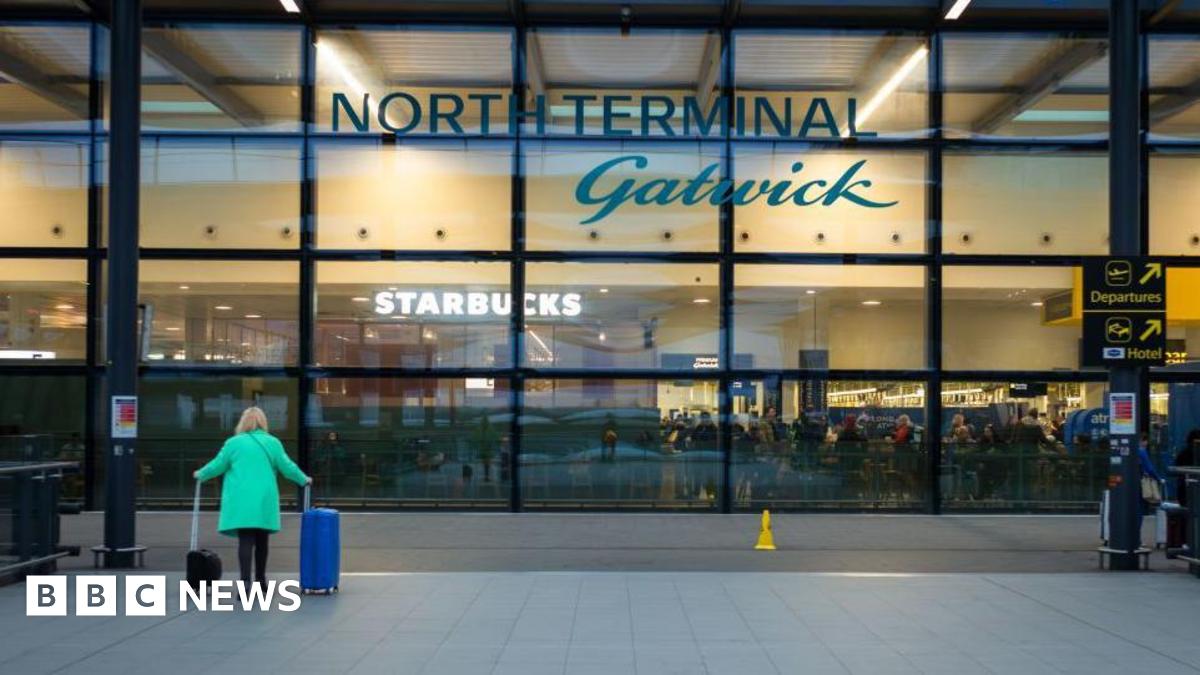Santorini's Volcanic Past: Uncovering Clues To Future Explosive Activity

Welcome to your ultimate source for breaking news, trending updates, and in-depth stories from around the world. Whether it's politics, technology, entertainment, sports, or lifestyle, we bring you real-time updates that keep you informed and ahead of the curve.
Our team works tirelessly to ensure you never miss a moment. From the latest developments in global events to the most talked-about topics on social media, our news platform is designed to deliver accurate and timely information, all in one place.
Stay in the know and join thousands of readers who trust us for reliable, up-to-date content. Explore our expertly curated articles and dive deeper into the stories that matter to you. Visit Best Website now and be part of the conversation. Don't miss out on the headlines that shape our world!
Table of Contents
Santorini's Volcanic Past: Uncovering Clues to Future Explosive Activity
Santorini, the breathtaking Greek island famed for its iconic white-washed villages clinging to volcanic cliffs and stunning sunsets, holds a far more dramatic history than its postcard-perfect image suggests. This picturesque landscape is, in fact, the caldera of one of the world's most explosive volcanoes, a giant slumbering beneath the surface, its past eruptions shaping the very geography we admire today. Understanding Santorini's volcanic past is crucial not only for appreciating its unique beauty but also for predicting and mitigating the risks of future activity.
A History Forged in Fire: The Minoan Eruption and Beyond
The island's most infamous eruption occurred during the Late Bronze Age, around 1600 BC. Known as the Minoan eruption, this cataclysmic event ejected an estimated 60 cubic kilometers of volcanic material – enough to dramatically alter the island's landscape and potentially trigger tsunamis that devastated settlements across the Aegean Sea. The sheer scale of this eruption is evident in the thick layers of ash that still blanket the region, providing invaluable clues for scientists studying volcanic processes. This event is widely believed to have contributed to the decline of the Minoan civilization on Crete, highlighting the devastating power of Santorini's volcano.
<h3>Unraveling the Secrets: Modern Scientific Investigation</h3>
Today, scientists employ a range of sophisticated techniques to analyze Santorini's volcanic history and assess future risks. These methods include:
- Geophysical surveys: Mapping the subsurface structure of the caldera using seismic and gravity measurements to pinpoint magma chambers and active faults.
- Geochemical analysis: Studying the chemical composition of volcanic rocks and gases to understand the magma's evolution and potential for future eruptions.
- Historical records: Examining historical accounts and geological evidence to reconstruct past eruption patterns and magnitudes.
- GPS monitoring: Tracking subtle ground deformation to detect movements that could signal magma buildup beneath the surface.
These studies are vital in building a comprehensive understanding of the volcanic system’s behavior, enabling scientists to develop more accurate eruption forecasting models.
<h3>The Volcano Today: A Sleeping Giant?</h3>
While Santorini's volcano is currently considered dormant rather than extinct, the possibility of future eruptions remains a significant concern. The island experiences frequent seismic activity, a reminder of the powerful forces at play beneath the surface. Recent research suggests the presence of a significant magma reservoir beneath the caldera, capable of fueling future eruptions.
<h3>Preparing for the Future: Mitigation and Risk Assessment</h3>
Understanding the volcano's past and present activity is paramount for developing effective mitigation strategies. This includes:
- Establishing robust monitoring networks: Continuously tracking seismic activity, gas emissions, and ground deformation to provide early warning of potential eruptions.
- Developing evacuation plans: Creating detailed evacuation plans for residents and tourists in the event of an eruption.
- Public awareness campaigns: Educating the public about the volcanic risks and the importance of preparedness.
Santorini's breathtaking beauty is a direct result of its violent volcanic past. By continuing to unravel the secrets hidden beneath its stunning landscape, scientists can better assess the risks associated with future activity and ensure the safety and well-being of the island's inhabitants and visitors. The ongoing research into Santorini's volcanic history is not just a scientific endeavor; it’s a crucial step in safeguarding this unique and vulnerable environment for generations to come. Learn more about volcanic risk assessment by visiting the .
(Note: This article is for informational purposes only and should not be considered professional geological advice.)

Thank you for visiting our website, your trusted source for the latest updates and in-depth coverage on Santorini's Volcanic Past: Uncovering Clues To Future Explosive Activity. We're committed to keeping you informed with timely and accurate information to meet your curiosity and needs.
If you have any questions, suggestions, or feedback, we'd love to hear from you. Your insights are valuable to us and help us improve to serve you better. Feel free to reach out through our contact page.
Don't forget to bookmark our website and check back regularly for the latest headlines and trending topics. See you next time, and thank you for being part of our growing community!
Featured Posts
-
 Donald Trumps Policies And Their Consequences An In Depth Look
Apr 22, 2025
Donald Trumps Policies And Their Consequences An In Depth Look
Apr 22, 2025 -
 Uk Flight Delay Crisis Gatwick Airport Remains A Major Problem
Apr 22, 2025
Uk Flight Delay Crisis Gatwick Airport Remains A Major Problem
Apr 22, 2025 -
 Record Dog Attacks Plague Cities Amidst Putins Broken Truce
Apr 22, 2025
Record Dog Attacks Plague Cities Amidst Putins Broken Truce
Apr 22, 2025 -
 Navigating The Mortgage Process Five Tips For First Time Buyers
Apr 22, 2025
Navigating The Mortgage Process Five Tips For First Time Buyers
Apr 22, 2025 -
 Are Hereditary Titles Doomed The Future Of The British Peerage
Apr 22, 2025
Are Hereditary Titles Doomed The Future Of The British Peerage
Apr 22, 2025
